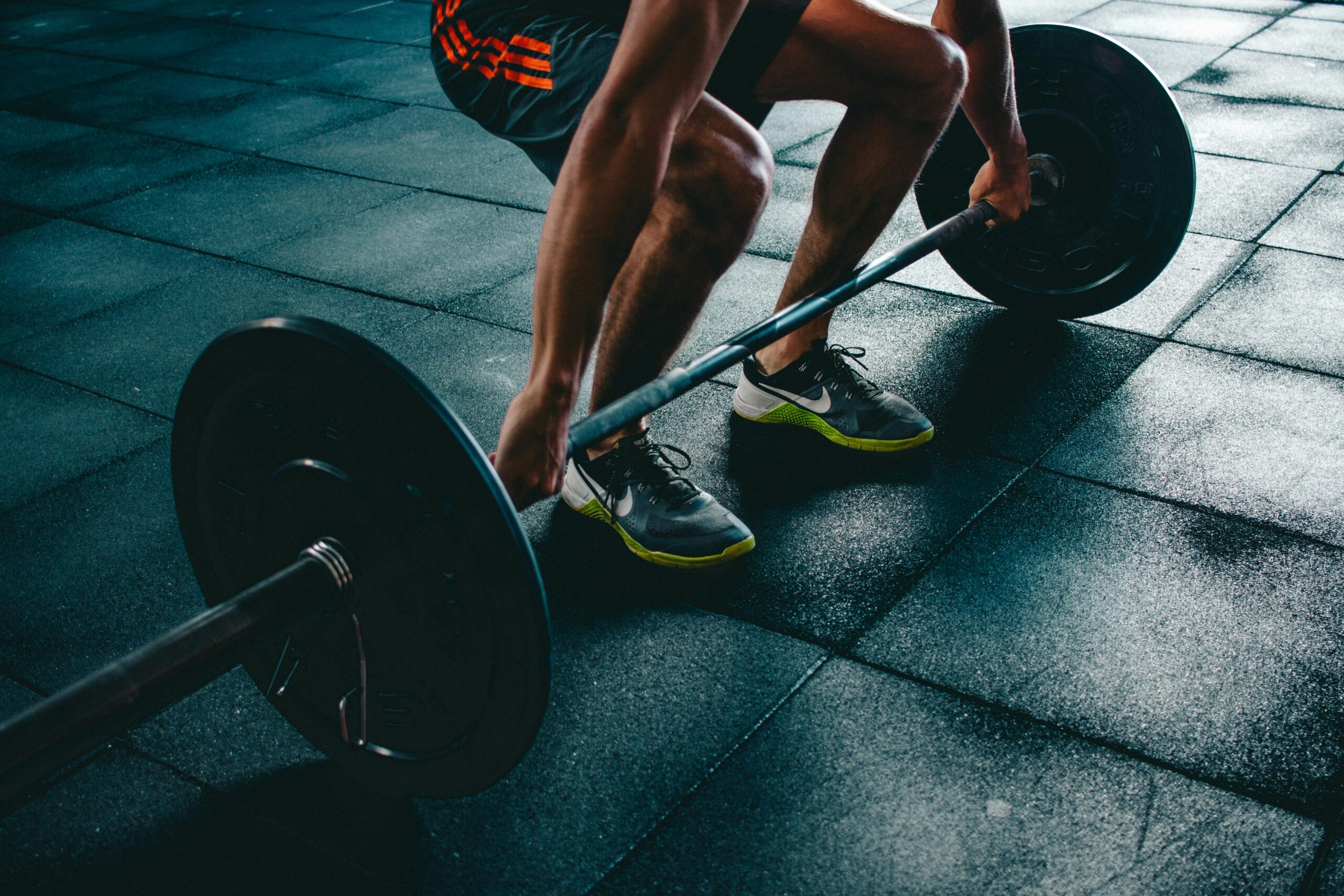Introduction
Defining the Training Gym
Comprehensive Guide to Training Gyms is a specialized facility designed to cater to various fitness needs, offering equipment, classes, and personalized training programs. Unlike general fitness centers, training gyms focus on structured workouts, professional guidance, and tailored fitness plans to help individuals achieve their specific health and fitness goals.

Comprehensive Guide to Training Gyms
Importance and Relevance
Training gyms play a crucial role in promoting health and wellness. With increasing awareness about fitness, more people are turning to these specialized gyms for expert advice and a supportive environment. Training gyms provide the infrastructure and community needed to stay motivated, making it easier for individuals to maintain a consistent workout routine and achieve long-term health benefits.
Types and Categories of Training Gyms
General Fitness Gyms
General fitness gyms offer a variety of equipment and classes, suitable for people with diverse fitness goals. They typically provide cardio machines, weight training equipment, and group exercise classes such as yoga and aerobics.
Boutique Fitness Studios
Boutique fitness studios focus on specialized workouts such as Pilates, spinning, or HIIT (High-Intensity Interval Training). These studios offer a more personalized and community-driven experience compared to larger gyms.
CrossFit Gyms
CrossFit gyms are known for their high-intensity functional training programs that combine elements of weightlifting, gymnastics, and cardio. These gyms emphasize community and competition, often featuring group workouts.
Personal Training Studios
Personal training studios provide one-on-one training sessions tailored to individual fitness goals. These studios are ideal for those seeking personalized attention and customized workout plans.
Specialty Gyms
Specialty gyms cater to specific activities such as martial arts, boxing, or rock climbing. These gyms offer specialized equipment and training programs for enthusiasts of these activities.
Symptoms and Signs of Overtraining
Physical Symptoms
- Fatigue: Persistent tiredness and lack of energy.
- Muscle Soreness: Prolonged muscle pain and stiffness.
- Injury: Increased susceptibility to injuries.
- Sleep Disturbances: Difficulty falling or staying asleep.
Mental and Emotional Symptoms
- Irritability: Increased mood swings and irritability.
- Lack of Motivation: Reduced desire to exercise.
- Depression: Feelings of sadness or hopelessness.
Performance-Related Symptoms
- Decreased Performance: Decline in workout performance and progress.
- Plateauing: Stagnation in fitness improvements.
Causes and Risk Factors of Overtraining
Biological Factors
- Genetics: Individual genetic predispositions can influence the risk of overtraining.
- Age: Older individuals may have a higher risk due to slower recovery times.
Environmental Factors
- Workout Environment: High-stress environments can contribute to overtraining.
- Lifestyle: Poor diet, inadequate sleep, and high stress levels increase the risk.
Lifestyle Factors
- Intensity and Frequency: High-intensity workouts with insufficient rest periods.
- Inadequate Recovery: Lack of proper rest and recovery between workouts.
Diagnosis and Tests for Overtraining
Physical Examination
A comprehensive physical examination by a healthcare professional can help identify signs of overtraining, such as muscle tenderness and joint stiffness.
Performance Testing
Performance tests can measure declines in strength, endurance, and overall fitness, indicating possible overtraining.
Blood Tests
Blood tests can detect hormonal imbalances and deficiencies caused by overtraining, such as low testosterone or elevated cortisol levels.
Treatment Options for Overtraining
Rest and Recovery
- Active Rest: Light activities such as walking or yoga.
- Complete Rest: Taking time off from all physical activities.
Nutrition and Hydration
- Balanced Diet: Consuming a diet rich in proteins, carbohydrates, and fats.
- Hydration: Ensuring adequate fluid intake to support recovery.
Medical Interventions
- Physical Therapy: Professional guidance to rehabilitate injuries.
- Medical Treatment: Addressing any underlying medical conditions contributing to overtraining.
Preventive Measures for Overtraining
Structured Workout Plans
Creating a balanced workout plan that includes varied exercises, adequate rest days, and progressive intensity increases.
Monitoring Progress
Regularly tracking workout performance, physical health, and emotional well-being to identify early signs of overtraining.
Professional Guidance
Working with certified trainers and fitness professionals to ensure proper training techniques and recovery practices.
Personal Stories or Case Studies
Success Story: John’s Transformation
John, a 35-year-old software engineer, joined a training gym to combat his sedentary lifestyle. With the help of a personal trainer, John lost 20 pounds, improved his cardiovascular health, and gained muscle mass within six months.
Overcoming Overtraining: Sarah’s Journey
Sarah, a competitive runner, faced severe fatigue and injuries due to overtraining. By working with a sports therapist and adjusting her training regimen, Sarah recovered and improved her performance, winning several races afterward.
Expert Insights
Quotes from Fitness Professionals
- “Consistency and recovery are as important as the intensity of your workouts.” – Jane Doe, Certified Personal Trainer
- “Listening to your body and making necessary adjustments is key to preventing overtraining.” – John Smith, Sports Physiotherapist
Advice from Medical Professionals
- “A balanced diet and proper hydration are essential for recovery and overall performance.” – Dr. Emily Brown, Nutritionist
- “Regular check-ups and performance assessments can help catch overtraining early.” – Dr. Michael Lee, Sports Medicine Specialist
Conclusion
Summary of Key Points
Training gyms offer a structured and supportive environment for achieving fitness goals. Understanding the types of training gyms, recognizing signs of overtraining, and implementing preventive measures are crucial for long-term health and wellness. Personal stories and expert insights highlight the benefits and potential pitfalls of intensive training.
Call to Action
For further education and personalized fitness plans, consider joining a training gym and consulting with fitness professionals. Your journey to better health and fitness starts with informed decisions and consistent effort.
